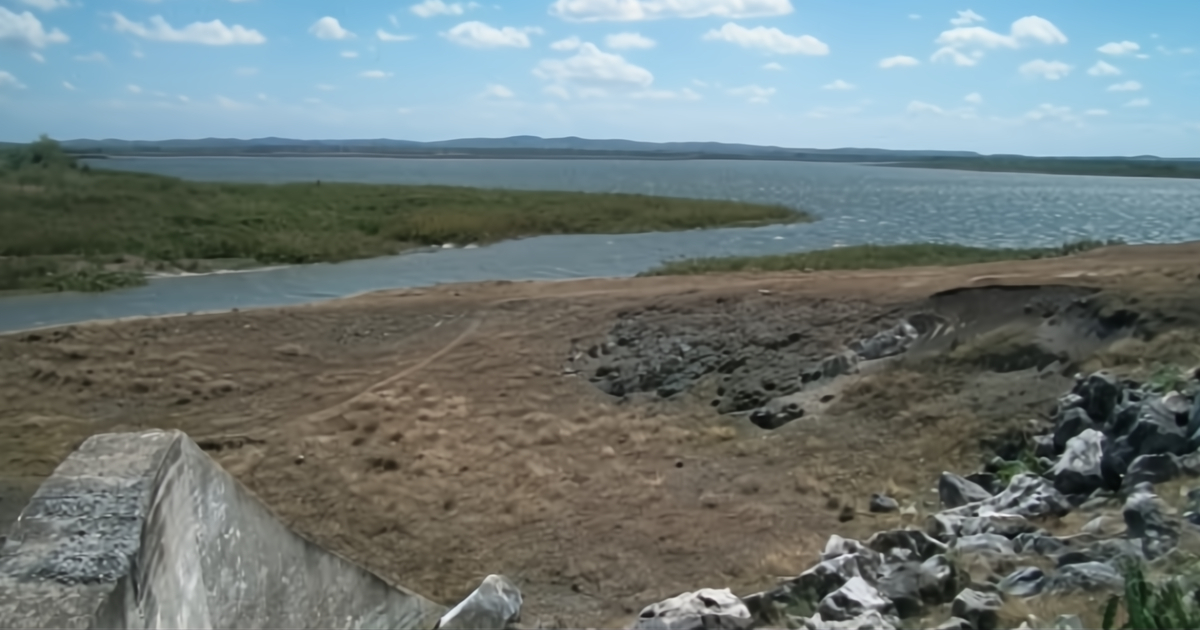Las Tunas is grappling with a serious water supply crisis, impacting nearly the entire city due to a drastic reduction in water from the Piedra Hueca system. Currently, only one well is operational, delivering a mere 50 liters per second. Piedad Herrera Núñez, the director of Aqueducts and Sewage in the provincial capital, explained to the state-run outlet Tiempo 21 that the dire situation is compounded by the critically low levels of the El Rincón reservoir, which is virtually the sole source still supplying the city with water.
Herrera elaborated that El Rincón, capable of storing 22 million cubic meters, now holds just seven million. This is a direct consequence of the lack of rainfall during this period, known as the driest season in Cuba's climate calendar. Adding to the emergency are frequent service interruptions caused by ongoing infrastructure projects on Camilo Avenue in the Buena Vista neighborhood, necessitating altered delivery schedules.
Measures to Mitigate the Crisis
Efforts to address the crisis include completing repairs to the pumping equipment of two wells within the Piedra Hueca system by April 17. Additionally, a specialized team from Santiago de Cuba is expected to arrive to restore the floating intake of the El Rincón reservoir. However, Herrera admitted that even with these initiatives, the service will fall short of meeting the population's actual needs. "At present, it is very challenging for water to reach residences above the second floors," she stated.
Broader Impact Across Cuba
The situation in Las Tunas underscores the vulnerability of Cuba's water infrastructure, heavily reliant on natural sources depleted by drought and years of neglect. In recent months, severe drought has afflicted multiple Cuban provinces, deepening the water supply crisis. A recent report highlighted that Holguín is experiencing a 22% rainfall deficit, classifying the entire area as "very dry." Municipalities like Antilla, Banes, and Moa have endured extreme conditions for seven months, adversely affecting both agriculture and water availability.
Meanwhile, in Ciego de Ávila, 69% of the past 51 months recorded below-average rainfall, with reservoirs and aquifers unable to recover due to persistent high oceanic pressures and the El Niño climate phenomenon. This situation has extended Ciego de Ávila's water distribution cycle to nine days, a decision made by the regime in response to the depletion of the Ruspoli aquifer.
Similarly, the situation in Sancti Spíritus is no less concerning. The number of residents relying on water trucks has doubled in a year, reaching around 82,000 people. The combination of drought, prolonged blackouts, and structural failures has left thousands of families without regular access to services. Municipalities like Fomento, Trinidad, and the provincial capital are among the most affected areas, with some neighborhoods receiving water only every 15 days.
Frequently Asked Questions About Cuba's Water Crisis
What is causing the water crisis in Las Tunas?
The water crisis in Las Tunas is primarily due to a severe reduction in water supply from the Piedra Hueca system, compounded by critically low levels in the El Rincón reservoir.
How is the water supply being managed in Las Tunas during this crisis?
Authorities are attempting to manage the crisis by repairing pumping equipment and restoring the floating intake at the El Rincón reservoir, although water delivery remains insufficient.
What are the broader repercussions of the drought in Cuba?
The drought has severely impacted multiple provinces, exacerbating water shortages, affecting agriculture, and straining already fragile water infrastructure across the country.
